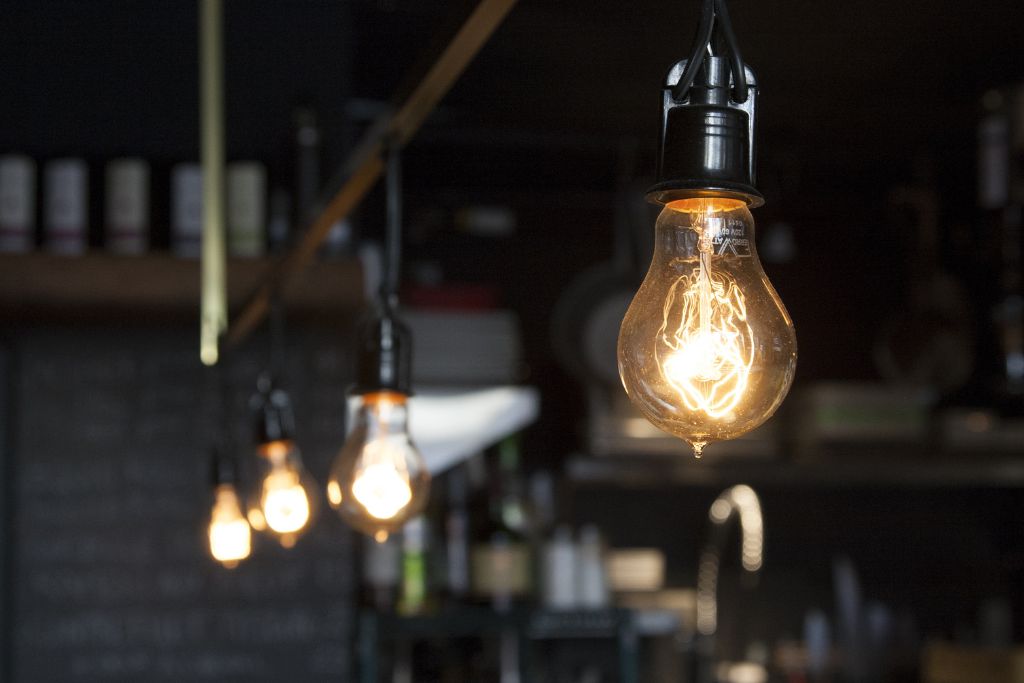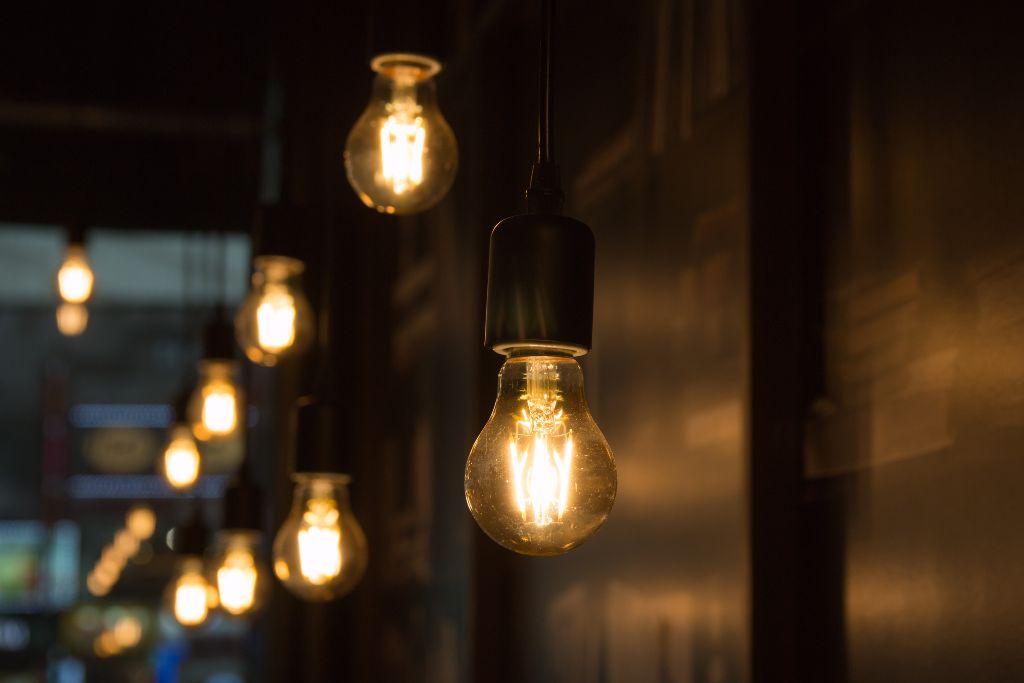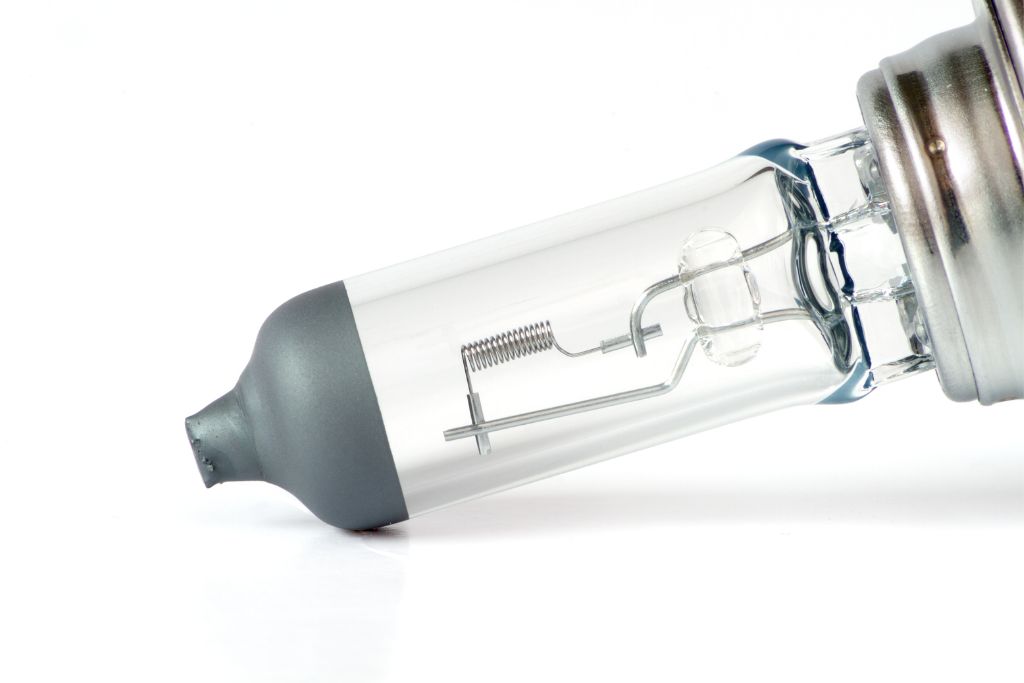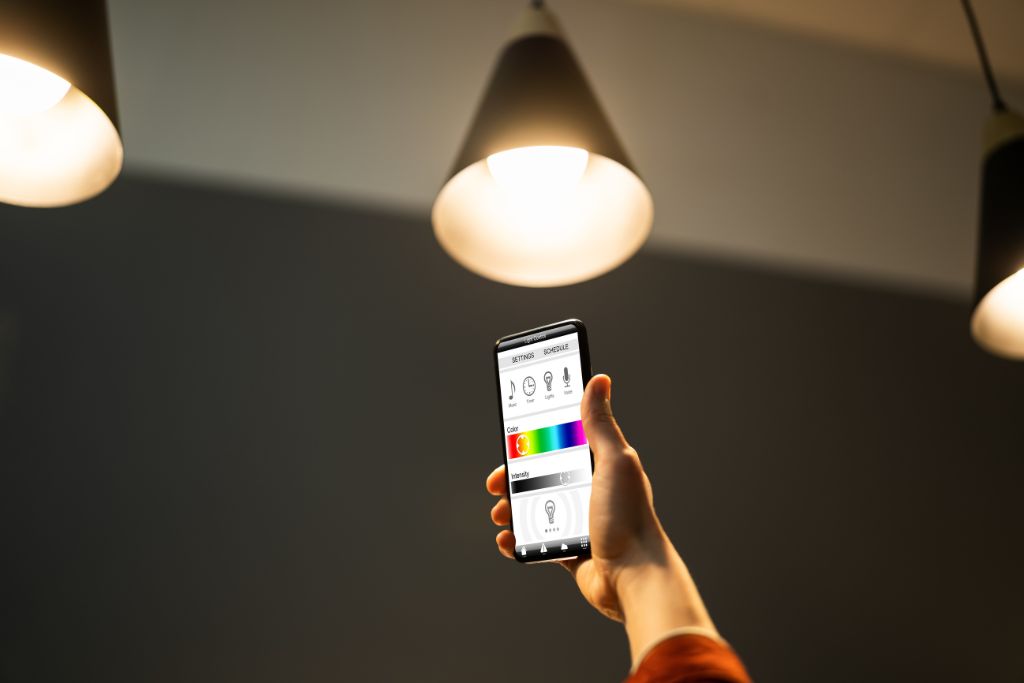
Having the right light bulbs in your home can save you a lot of money on electricity. These lights come in a wide range of options, including incandescent, compact fluorescent, and smart lights. In addition, they can help you create an environmentally friendly and energy-efficient environment in your home. There are many ways to save money on your electricity bill. You can install a solar panel, buy an insulated Pipe, or get a smart meter. By using the right tools and tactics, you can make sure you save money on your electricity bill each month.
Incandescent
Using the right light bulbs in your home can save you a lot of money on your electricity bill. The average household will save up to $225 per year by installing high-efficiency lighting systems. This includes LEDs and CFLs, which are two of the newest lighting technologies to hit the market.
In the U.S., residential lighting makes up approximately 15% of total energy usage. The US Energy Information Administration (EIA) tracks how much energy is used in businesses and homes.

The ENERGY STAR program recognizes the most energy-efficient products in the marketplace. This program also helps consumers find the best deals on energy-efficient equipment. It is important to read up on smart lighting devices before purchasing one.
LED is a developing technology with steadily declining prices. If you have an interest in buying an LED, consider these five tips to help you save money on your electricity bill.
Halogen
Compared to incandescent bulbs, the halogen light bulb is considered an energy-efficient alternative. Halogen lamps are more compact, lighter, and less expensive to run. They produce more direct and brighter light.
The efficiency of the light is determined by the number of lumens produced per watt. Traditional incandescent bulbs are rated to produce 12-18 lumens per watt, while halogen bulbs are rated to produce 16-29 lumens per watt.
The halogen lamp is also more effective at producing heat. More energy is passed through the filament, causing the tungsten wire to generate heat. This allows the filament to burn at a higher temperature, resulting in a brighter, white light.

The lifetime of a halogen bulb is generally 2,000 hours or longer. However, more frequent use can shorten its lifespan.
The light-emitting diode (LED) is another alternative to halogen lamps. LEDs are highly efficient and can last up to fifteen or twenty years. They use 80% less energy to produce the same amount of light.
Compact fluorescent
Whether you’re renovating a house or just looking to save money on your energy bills, you can start by installing Compact Fluorescent Lights (CFLs). These bulbs are a low-cost alternative to incandescent light bulbs.
They give off a bright white light like an incandescent bulb, but they use up to 75% less energy. They can last ten times longer, so you won’t have to replace them as often. Some models also come with photocells that automatically turn them on or off. These are great for saving electricity, but they can shorten the life of the bulb.

CFLs have been around for over 30 years, and have improved a lot since they first came out. They’re more energy-efficient than incandescent bulbs, and they’re available in many different shapes. They screw into standard lamp sockets. They’re also a little heavier than other types of bulbs.
The price difference between CFLs and incandescent light bulbs can be up to $1.50. The cost depends on the electric company’s kWh prices. It’s a good idea to check with your utility company to find out exactly how much it will cost to install them.
Smart lights
Whether you’re upgrading to LED bulbs or simply looking to save money on your electricity bill, smart light bulbs are a great choice. They’re energy-efficient, provide better convenience, and can be controlled remotely.
These bulbs work by sending wireless signals to a smartphone or other device. They can turn on or off, adjust their brightness, and change color to set a mood. They can also be programmed to turn on at certain times of day, depending on the ambient sunlight in the room.

Some smart bulbs also feature voice control, so you can speak to them and have them turn on or off. You can also control them through a virtual assistant, such as Google Assistant or Siri. You can also connect them to a Wi-Fi router or home hub, which allows them to communicate with your smart home devices.
When you buy a smart bulb, it’s important to know how much power it will use. The power consumption of various brands will vary.

